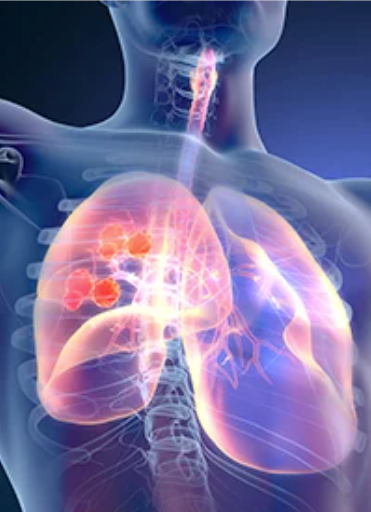Article
Subtyping MET Exon 14 Skipping Mutations Provides Insight Into Distinct Microenvironments in NSCLC
Author(s):
Four distinct subgroups, each associated with distinctive signaling pathways, microenvironments, and clinical-pathologic futures, were discovered in a population of patients with MET exon 14 skipping non–small cell lung cancer.

Four distinct subgroups, each associated with distinctive signaling pathways, microenvironments, and clinical-pathologic futures, were discovered in a population of patients with MET exon 14 (METex14) skipping non–small cell lung cancer (NSCLC), according to a presentation given at the 2022 World Conference on Lung Cancer.
Patients were stratified into 4 subgroups, including MET-driven subgroup A (33.3%), the mixed subgroup B (15.1%), immune-activated subgroup C (14.3%), and bypass activated subgroup D (37.3%). Patients who fell within subgroup A were significantly associated with aggressive clinical characteristics such as advanced stage, bigger tumor size, and a higher rate of invasive morphology. Additionally, investigators also identified an association between subgroup A and numerically shorter disease-free survival (P = .057). Moreover, subgroup B was associated with fatty acid metabolism and oxidative stress, while subgroup C demonstrated a notable infiltration of T cells and macrophages. The cohort also had an increased expression of MHC II signatures. Lastly, those who fell in cohort D demonstrated bypass activation of oncogenic pathways; these included WNT, MAPK, NOTCH, and ERBB.
“This study disclosed the clinically-relevant intertumoral heterogeneity of NSCLCs driven by [METex14] skipping. Based on the molecular subtyping, subtype A was more sensitive to MET- [tyrosine kinase inhibitors (TKIs)], while subtype D was putatively resistant to MET TKIs. Of note, subtype C might be more vulnerable to immunotherapy,” Yu-Chen Han, MD, PhD, of the Department of Pathology at Shanghai Chest Hospital, Shanghai Jiaotong University China, said in a presentation on the findings.
Patients with METex14 skipping disease comprise 3% of all NSCLC cases and is characterized by an increased rate of pleomorphic carcinoma and adenosquamous cell carcinoma vs adenocarcinoma. Although FDA-approved MET TKIs such as savolitinib (Orpathys), capmatinib (Tabrecta), and tepotinib (Tepmetko) have changed the treatment paradigm with their promising clinical efficacy, approximately one-third of patients within this population have demonstrated resistance to MET TKIs; this formed the rationale for the study.
Investigators performed DNA-based next-generation sequencing to detect METex14 skipping in a population of 133 patients, of whom 3 were wild-type and 126 were METex14 skipping positive. This was conducted using a panel of 2660 onco-immunology genes. With regard to sample functional enrichment, evaluation was conducted via single sample gene set enrichment analysis. Moreover, pathway-level unsupervised clustering was performed to determine molecular subgroups within the METex14 skipping–positive population. From there, investigators further analyzed pathways, tumor microenvironments, and clinical pathologic features that were specific to each patient subgroup.
Reference
Han YC. Intertumoral molecular heterogeneity of non-small cell lung cancer with MET Exon 14 Skipping. Presented at 2022 World Conference on Lung Cancer; August 6-9, 2022; Vienna, Austria; abstract 2113.








